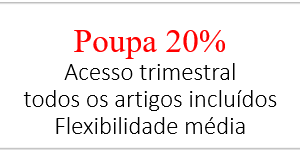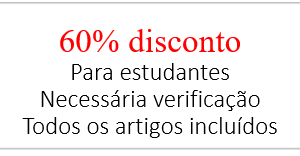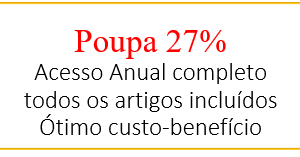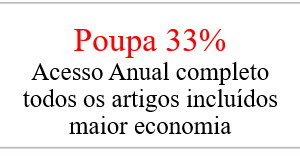- Local residents are taking advantage of opposition to the election results to occupy idle land owned by the elites
By Aurélio Muianga
Maputo (MOZ TIMES) – The wave of invasions of public and private land in Marracuene, in Maputo province, has attained alarming proportions. A property of the Joaquim Chissano Foundation, set up by the former President of the Republic, has been invaded and occupied. The situation exposes the irony of decades of poor land management and symbolises the challenges faced by Mozambique in controlling and using land.
The land of the Foundation, located in the Eduardo Mondlane neighbourhood, was invaded by people who claim that the area is underused. “The population invaded the part that remained of the 10 hectares of this property, already invaded in the past”, said Altino Vilanculos, director of the District Planning and Infrastructure Services (SDPI).
The invasion of this iconic property points to a broader crisis, which affects both ordinary citizens and public and private institutions, leaving the local authorities on a state of alert to contain the rise in land occupations.
Underused land in the sights of the invaders
According to Vilanculos, the invasions began with the occupation of four parcels of land last week, and have now spread to dozens of properties, preferably fenced or apparently underused farms, with areas of between 0.5 and 10 hectares. In some cases, fences were destroyed.
“It is suspected that the invasions may be motivated by opportunism, disinformation about how land can be acquired legally, and dissatisfaction with the delay in approving urbanisation plans”, explained Vilanculos.
He stressed that the law will be applied to protect legitimate owners. “We shall undertake an exhaustive survey to ascertain whether the owners are making due use of the land. If they are not, the land can be resized and revert to the state, as envisaged in the law”, he added.
Outstanding cases in the new municipality
The problem also affects the recently created municipality of Marracuene, which has inherited part of the district territory, and has received 200 formal land requests in just a year. According to Aníbal Bechel, Councillor for Urbanisation and Infrastructures, the illegal land division is happening in neighbourhoods such as Zintava and Micanhine, where the situation is deteriorating by the day.
“Just yesterday, we had the land of the National Agricultural Research Institute invaded, and 13 properties were usurped, all of them farms more than one hectare in size. Although they may seem underused, they are fenced areas and belong to the Ministry of Agriculture”, said Bechel.
Local people justify the invasions by alleging lack of space for housing or abandonment of properties. But Bechel insisted that “the parcelling out of land is exclusively the responsibility of the municipality, and should be done in a legal and orderly fashion”.
Testimony of the owners affected
Among those affected is Judite Paule, a resident of Micanhine neighbourhood, whose farm was invaded. “On Sunday, a small group tried to occupy the land, but we managed to talk. Today (Tuesday), a larger, very aggressive group came, which divided the land by force, alleging that they are living in flooded areas”, she said.
Another case is that of A. Nhantumbo, owner of a 1.5 hectare farm in Bobole, which was partly seized by invaders on Monday. “I have a DUAT (land title) and I’ve invested for years in the land, but, because of recent financial difficulties, I wasn’t able to cultivate the entire area. They invaded, saying that the uncultivated part should be used for housing”, explained Nhantumbo. He said he has invested 485,000 meticais in the property including drilling a borehole for irrigation.
Reaction of the authorities
To contain the situation, the Matola municipality, at a Wednesday press conference, condemned the invasions and urged the public to submit formal requests for land. “We are drawing up urbanisation plans for neighbourhoods such as Ngolhoza e Muhalaze, but we need the collaboration of the public to respect the legal procedures”, stated a spokesperson for the municipality.
The authorities are also requesting those damaged by the invasions to submit formal complaints, while multi-sector teams work to ascertain the current state of use of the land invaded and to mediate in disputes.
The challenge of land management
The land invasions in and around Marracuene expose the complexity of land management in Mozambique. Lack of clarity in land allocation, combined with population pressure and opportunism, are creating a scenario of tension which challenges the local authorities.
The case of the Joaquim Chissano Foundation symbolises the dilemmas faced by the country. If even properties associated with a historic and prestigious figure such as Joaquim Chissano are vulnerable, it is evident that land management needs urgent reform. More than just holding back invasions, it is necessary to create a transparent and efficient system that both guarantees fair access to land and respects the law. (AM)




















